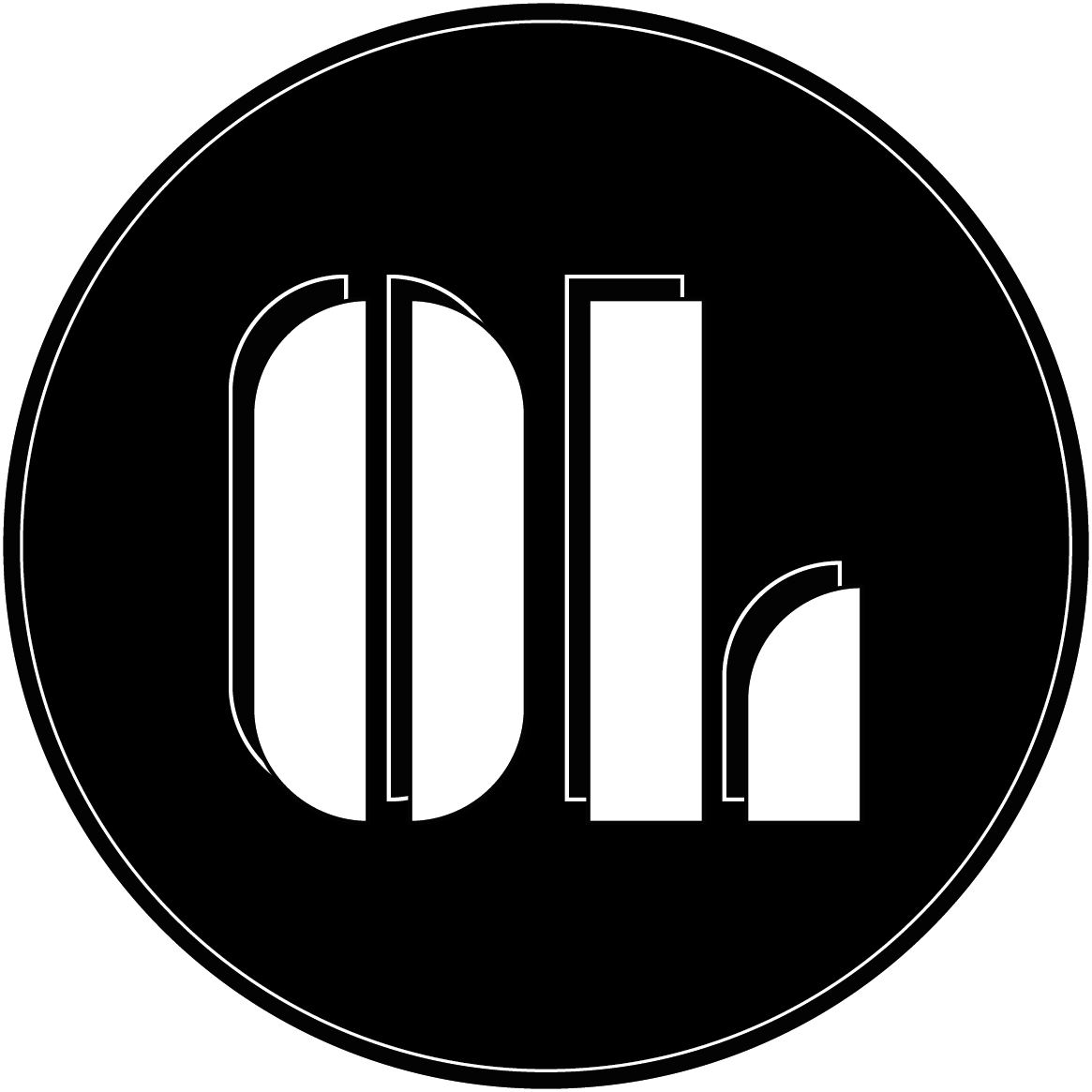Innovation for new energy
Alexandra Andersson - Authoralexandra.andersson@osqledaren.se
Tingyu Su - Illustratortingyu.su@osqledaren.se
Few political issues in Sweden have caused as many controversies as nuclear power. Recently, Janne Wallenius was awarded the KTH Innovation Award for his work with LeadCold that develops small, modular nuclear reactors with the ambition of being a part of the solution to the climate- and energy crisis. The view on the future of Swedish nuclear power seems to be changing.
“It was a little bit like running your head into a wall in the beginning”, says Janne Wallenius. He refers to doing research within an area that in Sweden was long considered outdated and where no one was interested in new innovations. But a few years ago it changed. The Swedish steel industry’s plans to become fossil-free began, which is expected to require a doubling of Sweden’s electricity production.
“This meant that there was suddenly a market in Sweden and an interest from the Swedish nuclear power industry”, says Janne, meaning that this became a breaking point for the view on the need for nuclear power in Sweden.
Janne Wallenius is professor in reactor physics at the department of nuclear energy technology at KTH. He started doing research here in 1997, first focusing on recycling of nuclear waste, and in 2013 he and his colleague Peter Szakalos, active in surface- and corrosion chemistry, started the company LeadCold (Sw. Blykalla). The aim was to develop small, lead-cooled, modular nuclear reactors for commercial electricity production.
Small, modular reactors (SMR) are nuclear reactors with an electrical power of a maximum of 300 megawatts. With the reactors being modular, Janne explains that their parts are put together like lego bricks on the site for the reactor.
“In our case we are even more modular, since the whole reactor is just one unit that is built in a factory and then transported to the place where it should be installed”, he explains.
The SMR:s that LeadCold are developing have an electrical power of 55 megawatts in comparison to 1200-1600 megawatts for large reactors, and they are 5 meters high instead of 20-25.
“This can be achieved thanks to lead-cooling. We expect that lead-cooled reactors can be much easier and faster to produce in factories. Today it takes seven years to build a large reactor and we are going to reduce this time to two years. We can achieve this by doing all the quality control on site and doing serial production of the reactors in the factories.”
LeadCold’s journey has not been completely straight forward. Initially, the company received support from KTH Innovation and Vinnova, Sweden’s innovation agency, to look for potential customers. This led Janne to Canada’s north coast, where the interest for the technology was high. But a large defeat for LeadCold happened in 2017:
“Unfortunately we got a non-serious investor, who thought they would invest two billion SEK in the project so that we would build reactors in Canada. We signed a huge deal and were in the world press with it, but no money ever came. It was a very awkward experience.”
The years that followed focused on new research, and after that LeadCold managed to get a grant from the English government to develop an SMR for the English electricity grid. The Swedish electricity market was never the goal for LeadCold, as there was neither a need for nor interest in new nuclear power in the country.
“We thought that we had discovered something fantastically good and then we knew that in Sweden this was pointless. We've always had to think that we will build these somewhere else”, says Janne and points out that until July 2006 it was forbidden to even produce technical drawings for new nuclear power in Sweden.
However, with the realization that the Swedish steel industry would need much more electricity to become fossil-free, the game plan was redrawn.
“Then the energy company Uniper thought they should contact me and see if we could collaborate on developing the SMR:s that LeadCold has designed. And there we are now. Together with Uniper, we have received 99 million SEK in grants from the Swedish Energy Agency (Sw. Energimyndigheten), and KTH has received 50 million SEK from the strategic research foundation. Recently, LeadCold also received a private investment from the venture capital company Norrsken of 25 millions.”
In the beginning of the semester Janne Wallenius received the KTH Innovation Award, a prize awarded to a person connected to KTH who, through an innovation characterized by creativity, endurance and courage, has contributed to society.
“It was a surprise, and it's nice to be honored in that way. The thing about endurance I fulfill quite well one could say, because I have worked with this for nine years now, and it has been difficult to find funding and build this company.”
Janne is hopeful for the future and hopes that the prize can shine a light on the development happening within nuclear power today.
“That this is about to become something for real now, I think that is new and exciting for many.”
There is also a hope of raising the interest among KTH students in physics:
“As it is now, we have a lot of students on the master's program in nuclear- and energy technology, but the vast majority come from other countries. So now we hope that the students will see that there is a future in Swedish nuclear power.”
LeadCold is one of many companies in an emerging market, and as said, lead is used as a coolant in their SMR.
“Unlike water, lead boils at 1700 °C so it is difficult to have an accident due to boiling away the coolant, which happened in both Chernobyl and Fukushima. Lead is also a fantastic radiation shield, so we build the radiation shield into the reactor itself. We can achieve very high security in a much smaller and cheaper format.”
“The downside is that lead is not transparent which makes it hard to look at the fuel, so we have to develop new methods for that. Lead freezes at 327 °C, so instead of overheating accidents you can have freezing accidents, so we need to ensure that fuel rods and steam generators do not break when the lead freezes. Lead is also very heavy so the pump impeller has a short life. Therefore, we will build a pump test facility at KTH next year where we will demonstrate that we can run the pump for twelve months without it breaking down.”
An important innovation for LeadCold is a steel that has been developed at KTH by Peter Szakalos and is intended to cover all surfaces in the reactor that are in contact with lead.
“It's a steel that is both radiation and corrosion tolerant in lead and that combination is completely unique”, explains Janne and talks about the aluminum-containing steel:
“When aluminum interacts with oxygen, aluminum oxide forms on the surface and it is a fantastic corrosion-tolerant material. It is also the second hardest material after diamond, so it's very tolerant of mechanical damage. It is also self-healing, because if you manage to make a scratch and damage the surface, new aluminum oxide will form on the surface. Our competitors do not have this solution.”
They have shown that they can weld the steel and now the steel will be irradiated in a research reactor. LeadCold is also developing methods to be able to observe the steel and fuel under the lead, for example with ultrasound.
“This is nothing we expect will pose fundamental risks for the project, but more a matter of the lifespan of various components. It will have an impact on the economical aspect of the project, and whether it will be somewhat worse or somewhat better than we expected.”
“We have received money from the Swedish Energy Agency to build a demonstration reactor in Oskarshamn, which is to be put into operation in two years. There we will do integrated experiments where we test all the components and how they work together, with electrically heated fuel rods. Then we will also see if our natural circulation of the coolant, a safety system to be able to cool off residual heat when the reactor has been shut down, works as intended. After that comes the final proof and that is to build a nuclear demonstration reactor, which we plan to do before 2030.”

LeadCold also plans to start a fuel factory to produce a special nuclear fuel – uranium nitride. At KTH, an advanced manufacturing method has been developed, which involves pressing uranium nitride powder by running a strong current through it, which takes three minutes instead of the previous eight hours.
“This works great in the lab, but now we have to show that it works in an industrial facility, so then the idea is to build a pilot fuel production facility. Uranium dioxide has been used as nuclear fuel for 60 years, but the volume in the fuel rods is mainly occupied by oxygen, so if we replace it with uranium nitride, we get 40 percent more uranium in the same fuel rod. In addition, it has seven times higher thermal conductivity, so we eliminate the risk of fuel melting.”
Right now, Janne is positive about the future of nuclear power in Sweden:
“It has turned from one side to the other very quickly. We were supposed to phase out in Sweden, almost right up until last year, but now there is both the climate crisis and the energy crisis. Politics has played a very large role in Sweden, since there has been a political will not to continue with nuclear power. This has meant that we have not received as many interested students. For example, we didn't have a single doctoral thesis in reactor physics for 17 years and it was very bad for research. But now there is great political support for developing new nuclear power.”
“Now we think that Sweden will be the first on the track with our innovation, as we have a system that makes it easier to get permission for a completely new technology here than in other countries. However Sweden still has the restriction that you can only build ten reactors and only in three locations, and in order for this to become commercial, the law needs to be changed. It wasn't so likely with the previous government even though they appointed an investigation to be able to do it, but with a new government it will hopefully go quite quickly. Then Sweden will be a very good place to build the first commercial reactors.”
Finally, Janne sends a few words to students with innovation dreams:
“If you have an idea, talk to an industry that is within the area, to get some feedback from them. Many researchers work very far from industry and then they develop things that are exciting on paper but which may not be needed by either industry or society. Now that I work close to the nuclear industry, it becomes much clearer what is important and can be done, and at the same time you get access to their expertise. And they are happy to get access to you as a young and resourceful engineer or researcher.”
Publicerad: 2022-11-07



